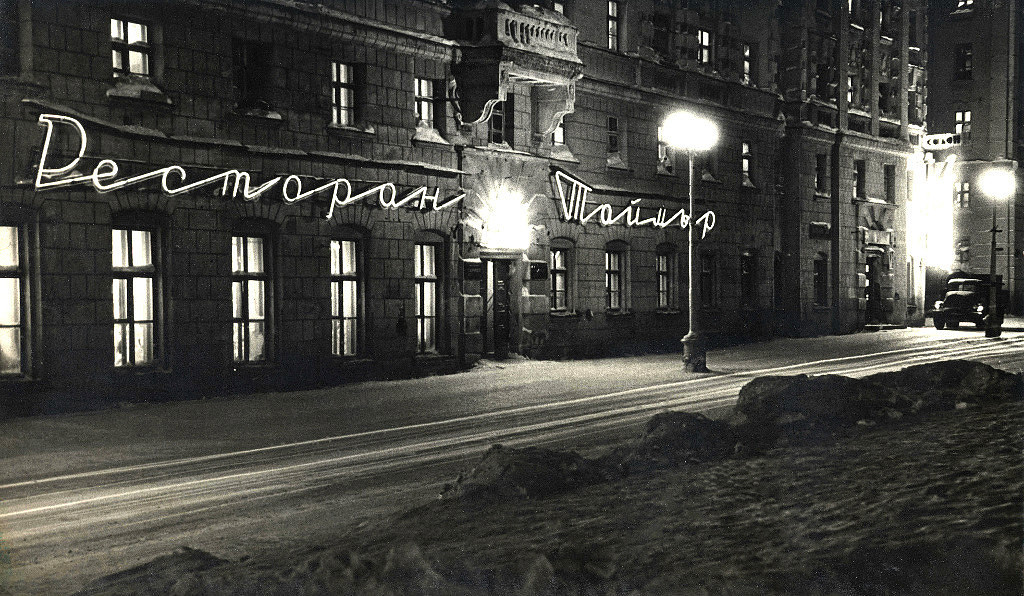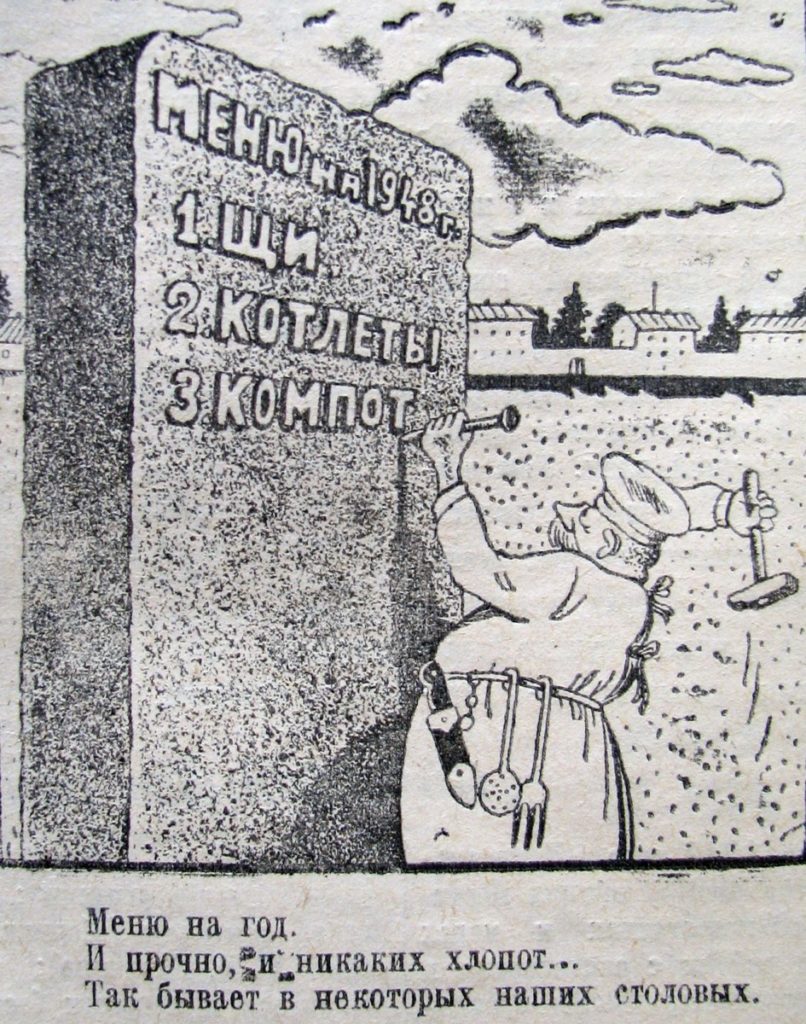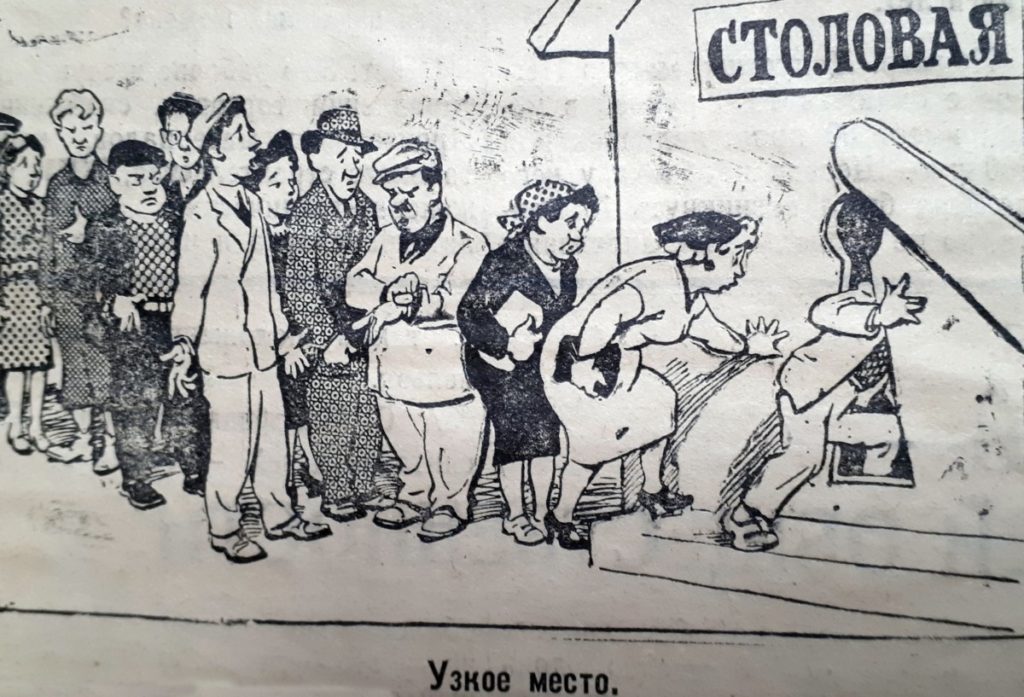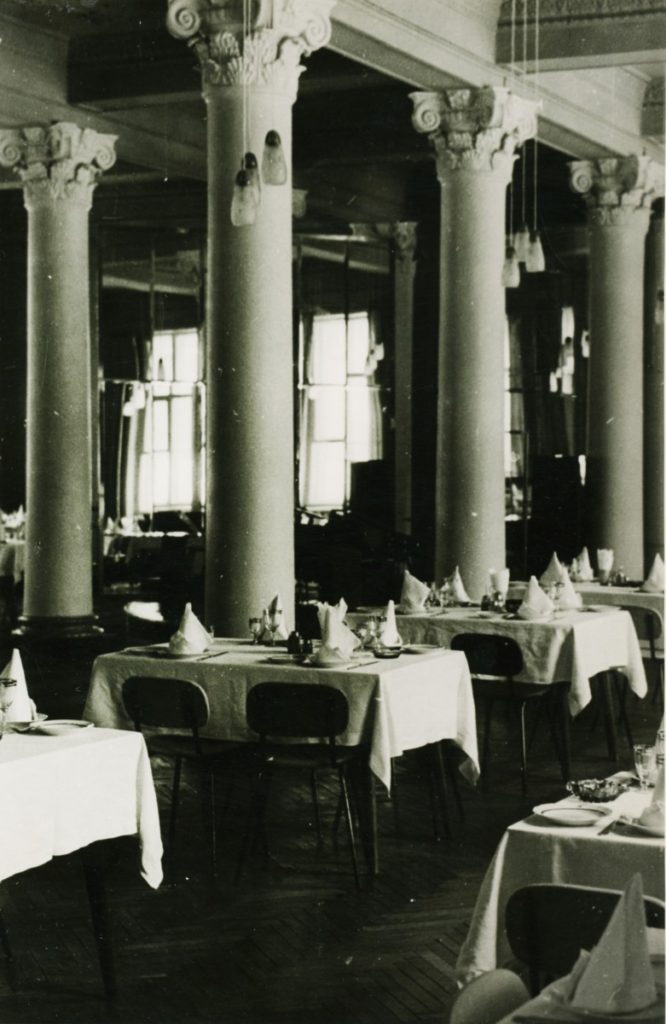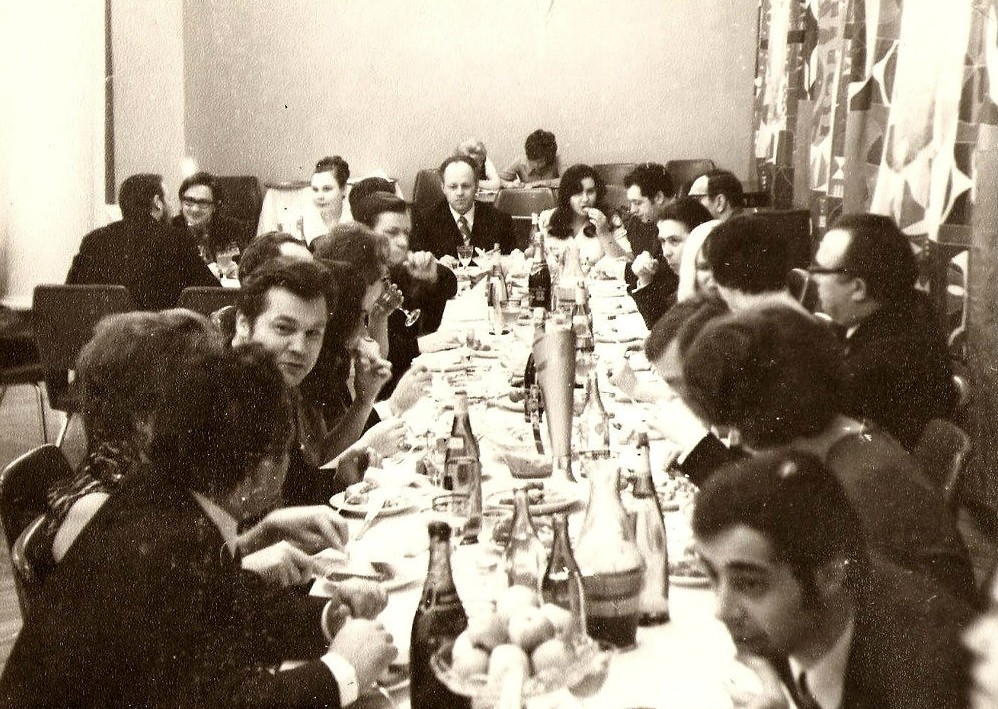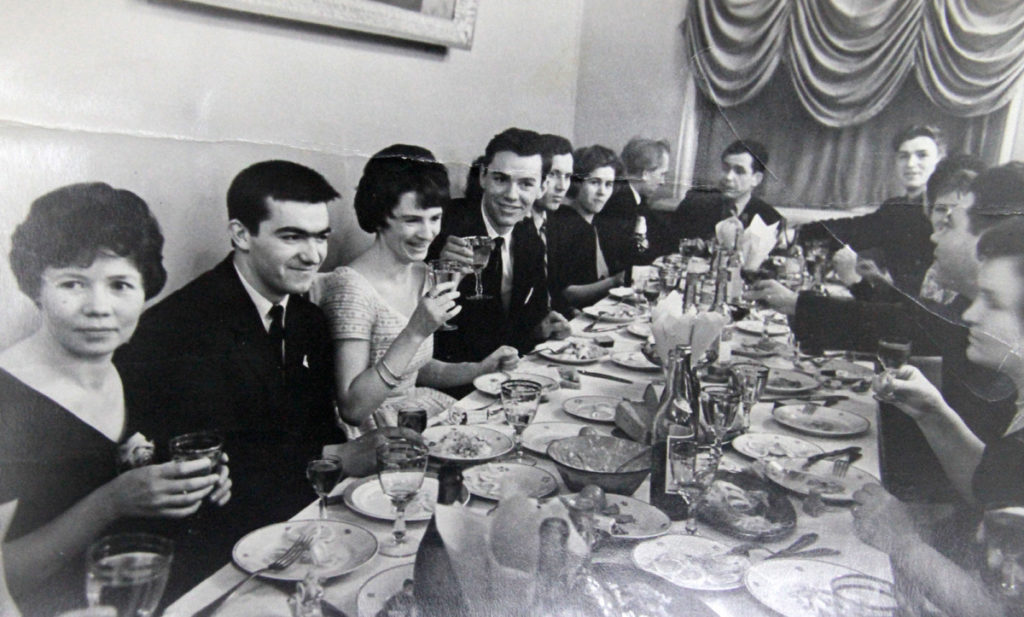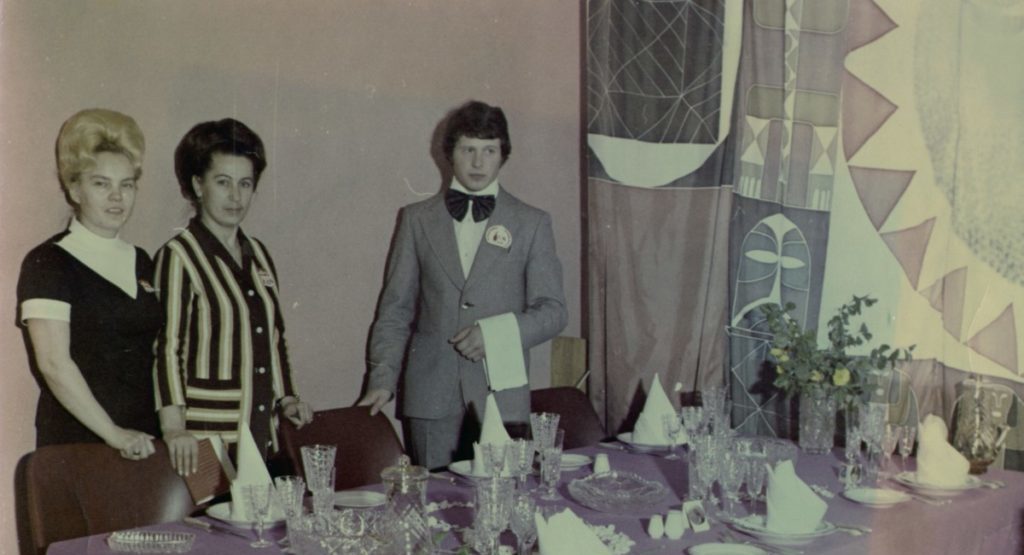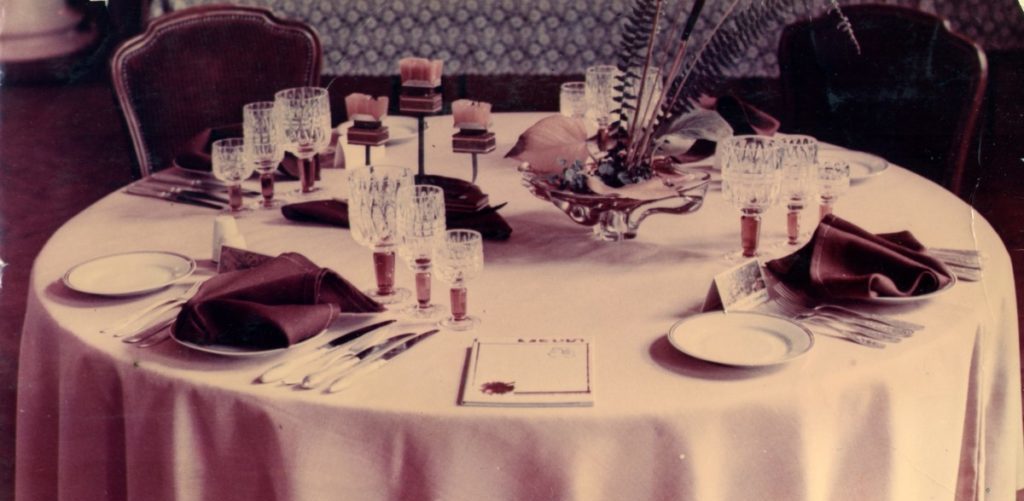#ARCTIC. #SIBERIA. THIS IS TAIMYR. Until that time, the issue of public catering was not an easy one. The townspeople complained that there was a very meager assortment in the canteens and cafes: canned borsch as a main dish, mashed potatoes with stewed meat as a second course, there was no dessert at all. In addition, according to the decision of the city authorities, all fresh vegetables and milk were sent to kindergartens, schools and hospitals. The usual scrambled eggs were then an unattainable dream for the majority of Norilsk residents.
There was catering with a claim to restaurant service even before the opening of Taimyr. In particular, buffets in hotels on Oktyabrskaya Street turned into prototypes of restaurants in the evenings.
A similar buffet restaurant worked at the railway station. However, Taimyr became the first independent catering establishment of the highest category in Norilsk.
In March 1954, the city newspaper said: “Curtains, chandeliers, sideboards, and covered chairs, paintings in carved frames, tables with snow-white tablecloths – all this gives the restaurant a beautiful look. The menu is varied here. There are more than 17 cold snacks and even more main and second course dishes.
Soon the first complaints appeared – when the visitors asked to have lunch as soon as possible in order to meet the work break, the servers answered: “This is not a canteen, you will be quickly served there, but here is a restaurant”.
Stucco molding, columns, mirrors, starched aprons of servers – all that breathed the smell of freedom and unprecedented service. Taimyr always remained the most prestigious and largest restaurant in the city: 2116 square meters, 350 seats, and 420 people sat at New Year’s banquet tables.
The restaurant had two rooms: yellow and red, plus two banquets, a tasting room Nectar with a bar, and cookery also worked at Taimyr where they sold semi-finished products, cakes and pastries made in the restaurant.
Almost 300 people served all those areas and seats. Cooks in hot and cold workshops and confectioners, servers, cleaners, cloakroom attendants, door attendants, floor polishers and toilettes worked in two shifts.
The restaurant received visitors every day from 12 to 24 hours, but the staff worked from seven in the morning, and at night, they prepared the halls for the new day.
In the previous issue of the History spot photo project, we talked about the fact that Zavodskaya street was the first pre-war Norilsk prospect.
For other issues of our photo project about the history of the city and the combine, go to the History spot section.
Follow us on Telegram, Instagram and Facebook.
Text: Svetlana Samohina, Photo: Nornickel Polar Division archive
